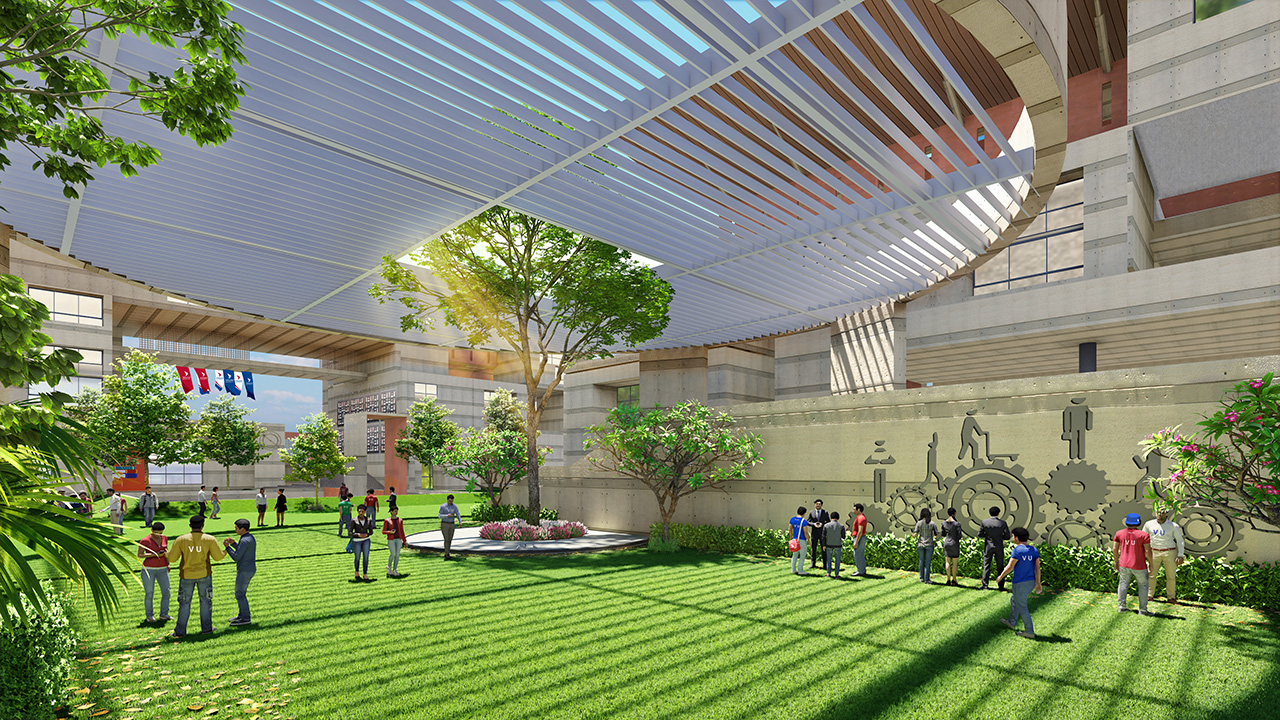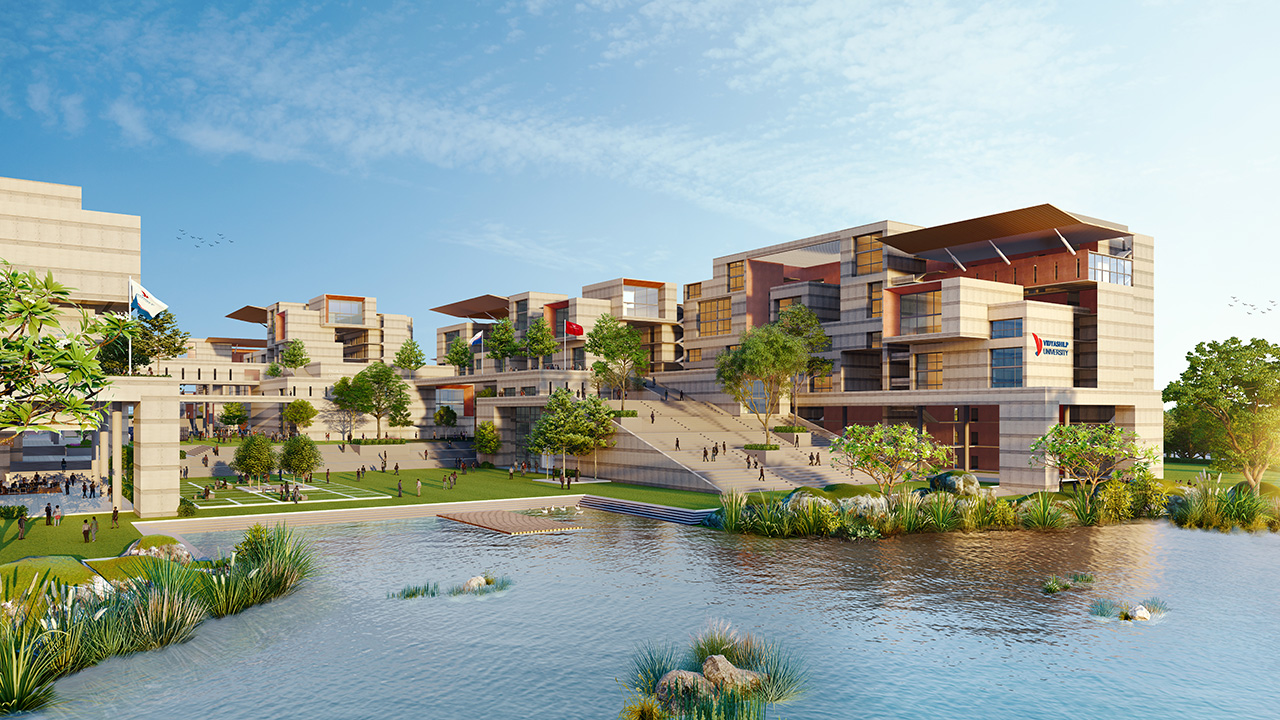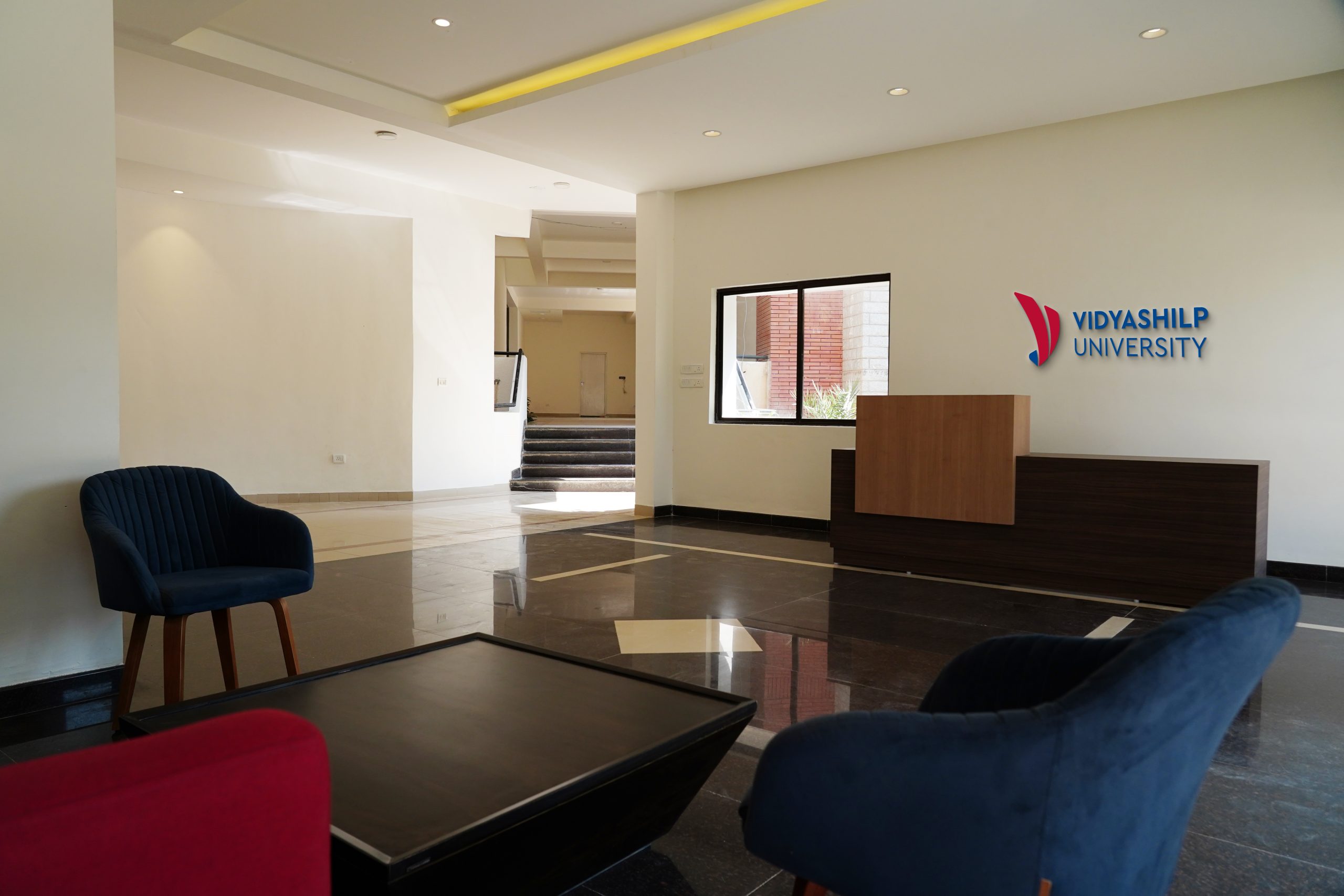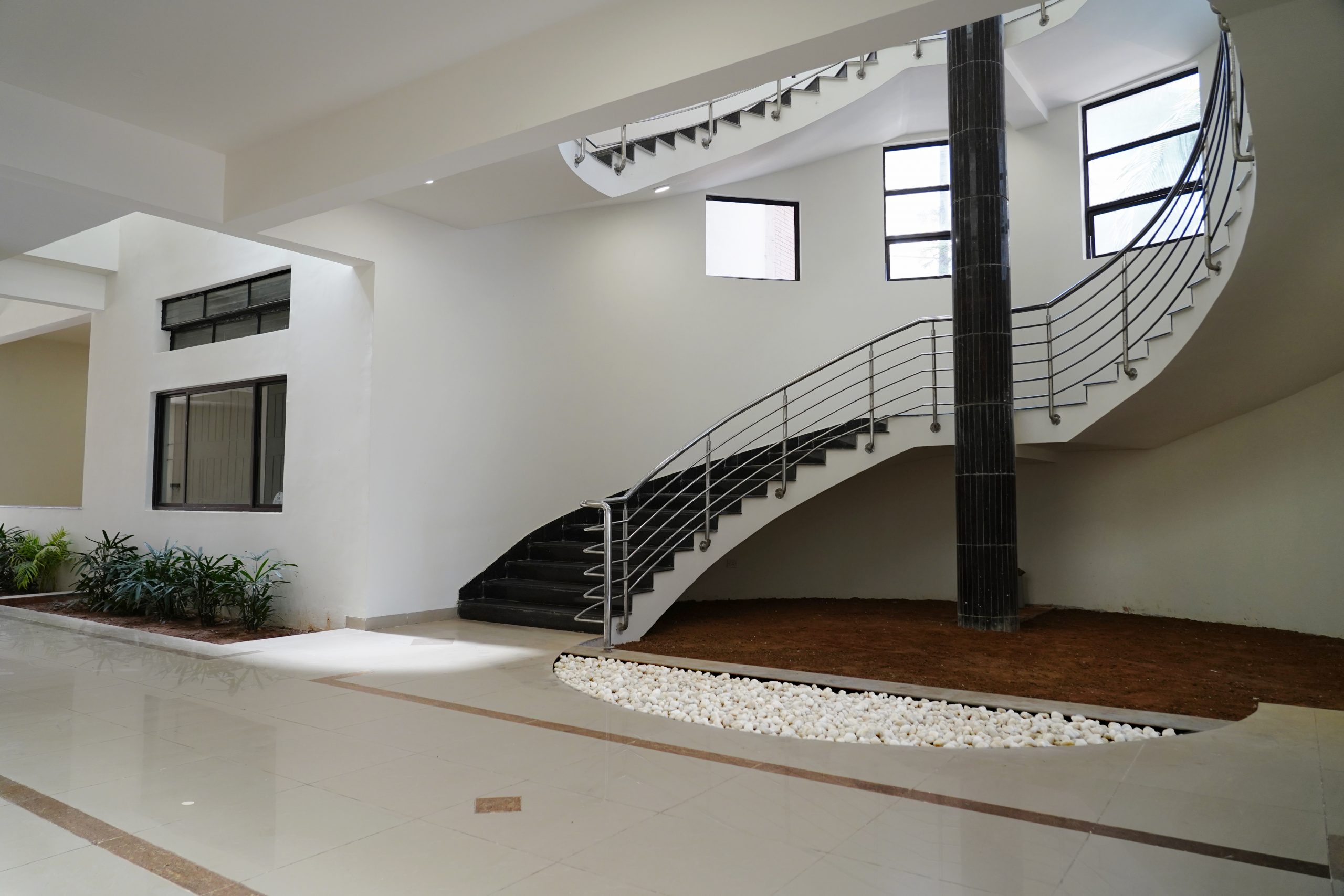
Psychology of Design: Creating Effective Solutions through Aesthetics
The field of design is often associated with the visual and creative aspects of a product or service. However, design is much more than just creating something that looks good. Design principles are rooted in psychology, and understanding the psychology of design is crucial for creating successful designs that are not only aesthetically pleasing but also functional and effective.
A Bachelor of Design course is curated to teach students the principles of design and its application across a variety of fields, such as graphic design, product design, and web design. In this blog, we will focus on the psychology of design in the context of web design principles.
WHY DO DESIGN PRINCIPLES MATTER?
Design principles greatly influence how users perceive and interact with a product or service. Aesthetics, in particular, play a significant role in shaping user experiences. Research has shown that users are more likely to trust and engage with a website that looks professional and aesthetically pleasing. In fact, 75% of users judge a company's credibility based on their website design alone*. The psychology of design is based on the idea that specific design elements can evoke certain emotions or behaviors in users. Understanding how users perceive and respond to different design elements can help designers create designs that are both visually appealing and effective in achieving their goals.
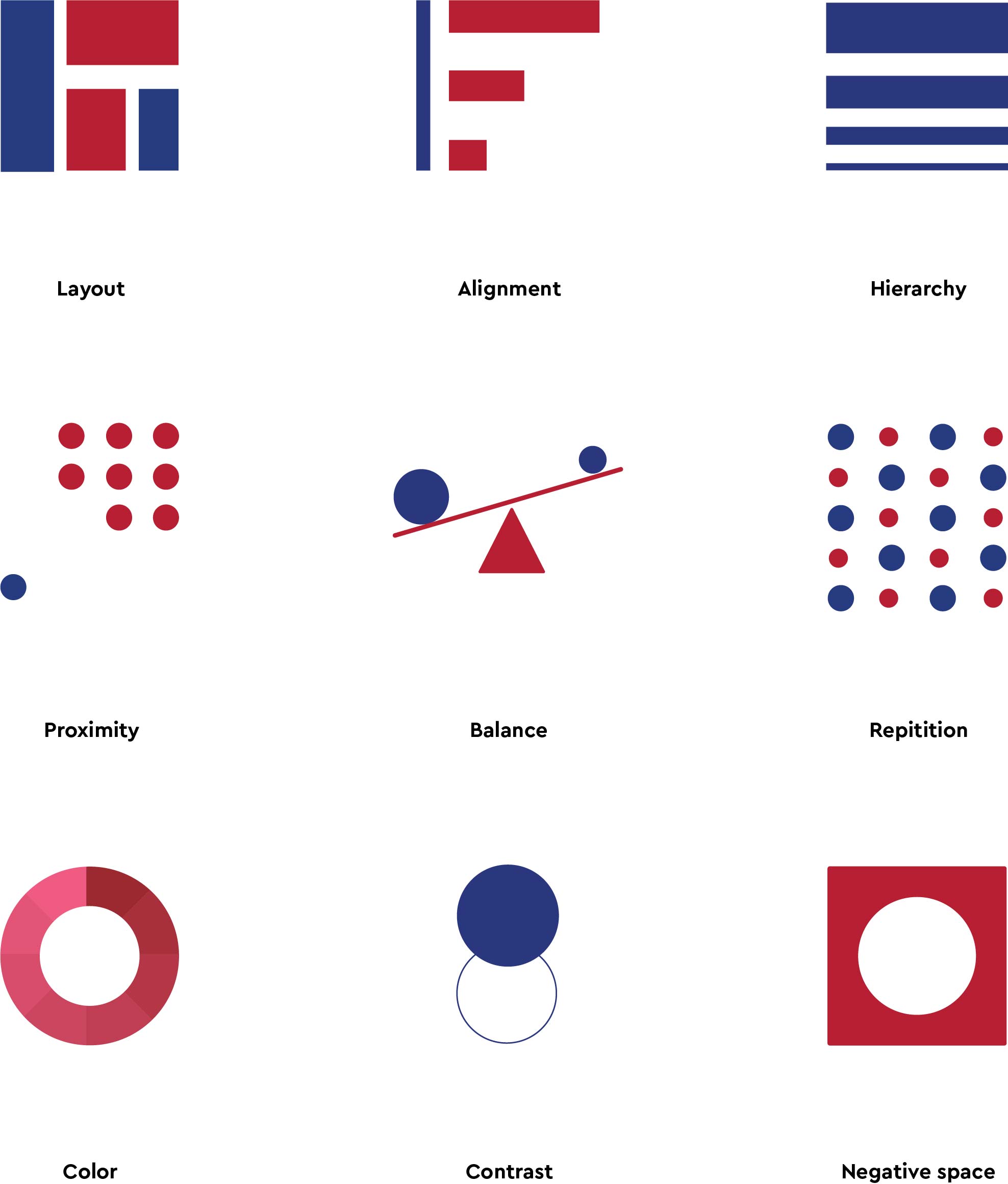

One of the most important aspects of design is color. Color can evoke different emotions and responses in users, and understanding how color can be used effectively is necessary to create successful designs.
For example, blue is often associated with trust, reliability, and professionalism. This is why many financial institutions use blue in their branding and website design. Red, on the other hand, is associated with urgency and excitement, which is why it is often used in call-to-action buttons.
However, it's important to note that color associations can vary depending on culture and context. For example, in Western cultures, white is associated with purity and cleanliness, while in some Eastern cultures, white is associated with death and mourning.
THE PSYCHOLOGY OF TYPOGRAPHY
Typography is another important aspect of design that can greatly influence user perception and behavior. The typeface used in a design can convey different emotions and messages to users.
For example, serif fonts are often associated with tradition and formality, while sans-serif fonts are associated with modernity and simplicity. Script fonts are often used in designs that want to convey elegance and femininity, while bold and condensed fonts are used in designs that seek to convey strength.
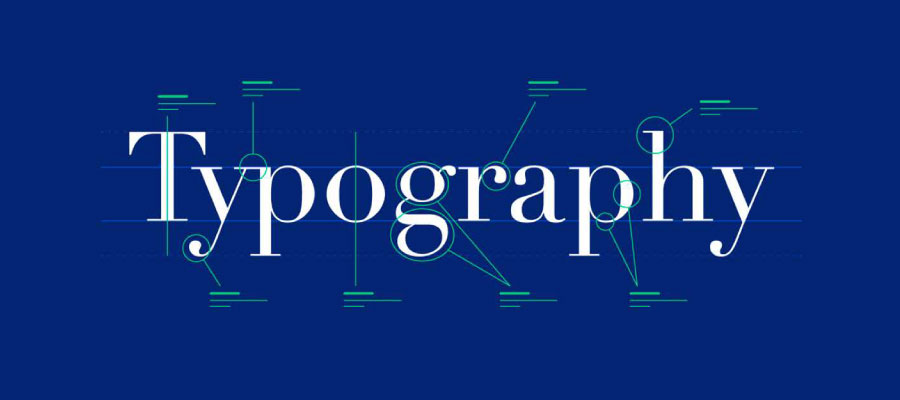
In addition to the typeface itself, the spacing and arrangement of the text can also greatly influence user perception. For example, using too much or too little space between lines of text can make it difficult to read and decrease user engagement.
THE PSYCHOLOGY OF LAYOUT
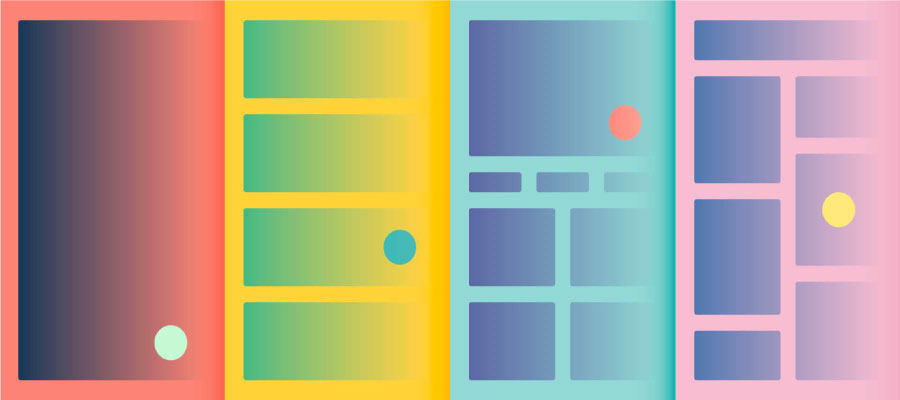
The layout of a design affects user perception and behavior. Understanding the effective usage of layouts can help designers create designs that are easy to consume.
One important principle of layout is the use of visual hierarchy. Visual hierarchy refers to the arrangement of design elements in order of importance. For example, the most important information should be placed at the top of the page or in a prominent location, while less important information can be placed further down the page. Another important aspect of layout is the use of whitespace. Whitespace refers to the empty space between design elements, which can greatly improve readability and user engagement. Excessive clutter makes it difficult for users to find the required information, while the strategic use of whitespace can make a design feel more organized and easy to navigate.
THE PSYCHOLOGY OF IMAGERY
Images can greatly enhance the visual appeal of a design and help convey messages and emotions to users. However, it's important to choose images that are relevant and appropriate for the design and the target audience.
For example, the use of images depicting nature or natural elements such as trees and flowers can evoke feelings of calmness, relaxation, and rejuvenation. Similarly, images of people can evoke emotions of happiness, sadness, or excitement depending on the context and the expressions depicted.

It's important to consider the psychology of imagery when designing websites, advertisements, or other forms of visual media. Choosing the right images can help convey the intended message and evoke the desired emotional response from the viewer. A good designer will analyse the purpose of the design and the target audience when selecting imagery
These principles of aesthetics are particularly important when it comes to web design. A website is often the first impression a potential customer has of a business. Therefore, it is crucial to ensure that the design is visually appealing and easy to navigate. A well-designed website can convey a sense of professionalism and credibility, while a poorly designed website can make a business appear unprofessional and untrustworthy.
The principles of web design include everything from the layout and color scheme to the typography and imagery used. A good web designer will take all of these elements into account when creating a website, ensuring that it is both aesthetically pleasing and easy to use.

One of the most important principles of web design is usability. A website should be easy to navigate, with information presented in a clear and organized manner. This not only makes it easier for visitors to find what they're looking for but also helps to establish trust and credibility. Another important principle of web design is responsiveness.
In a digital world, websites are generally accessed through cell phones. Therefore, designing a website should be undertaken with a mobile-first approach.
The psychology of design and principles of aesthetics play a crucial role in the success of any design project. The use of colors, shapes, textures, and other design elements can evoke emotions, influence user behavior, and create a memorable user experience. More recently, web design principles have become increasingly important, as businesses compete for online attention and engagement. Pursuing a Bachelor of Design course that teaches these principles can help individuals develop a strong foundation in design and aesthetics, enabling them to create effective designs for various purposes.
Vidyashilp University’s Bachelor of Design program with a specialization in Communication Design has been curated with this approach in mind. Graduates of this program will emerge as skilled designers with the ability to develop unique content that is human-centric in nature.



